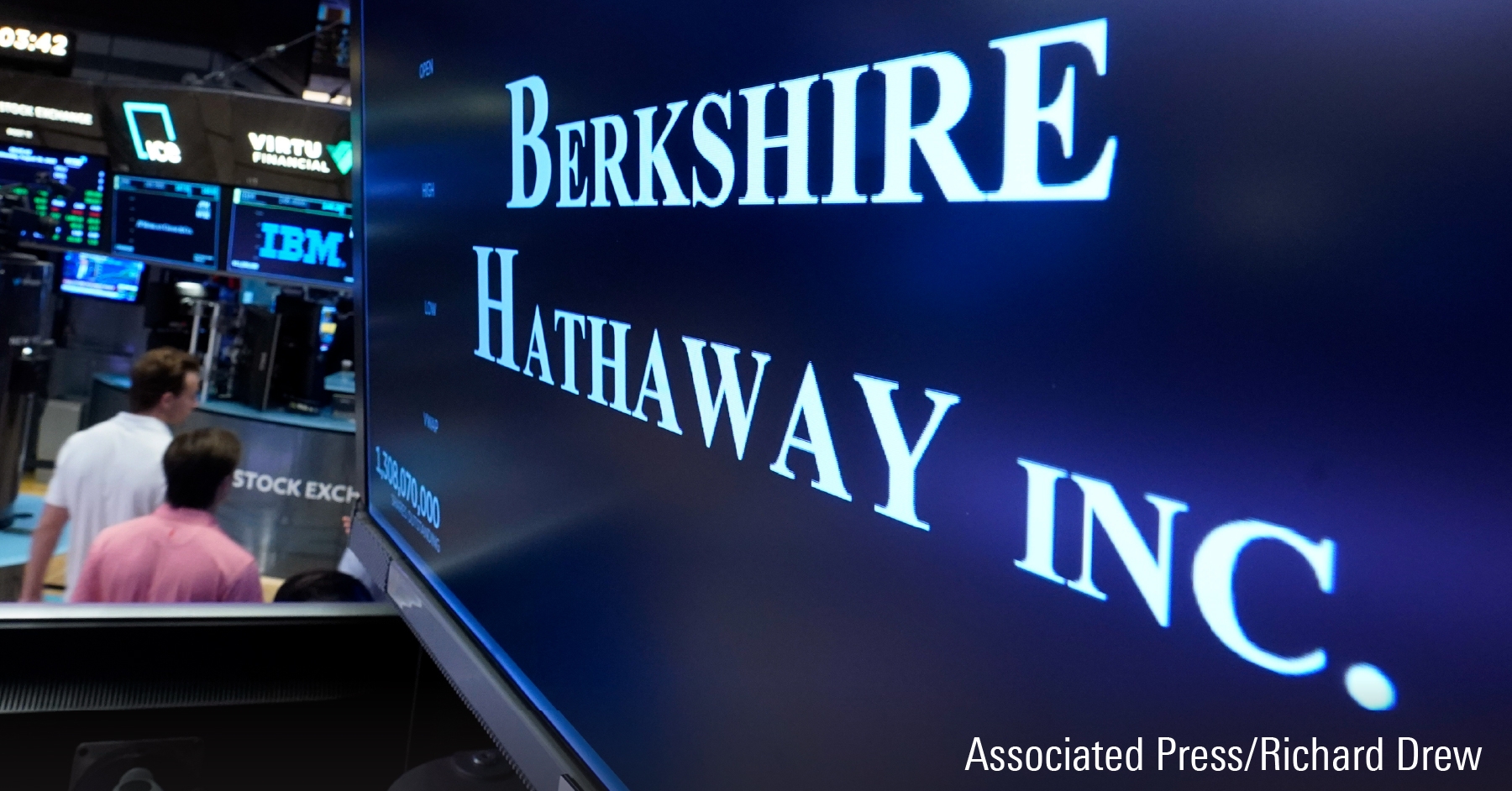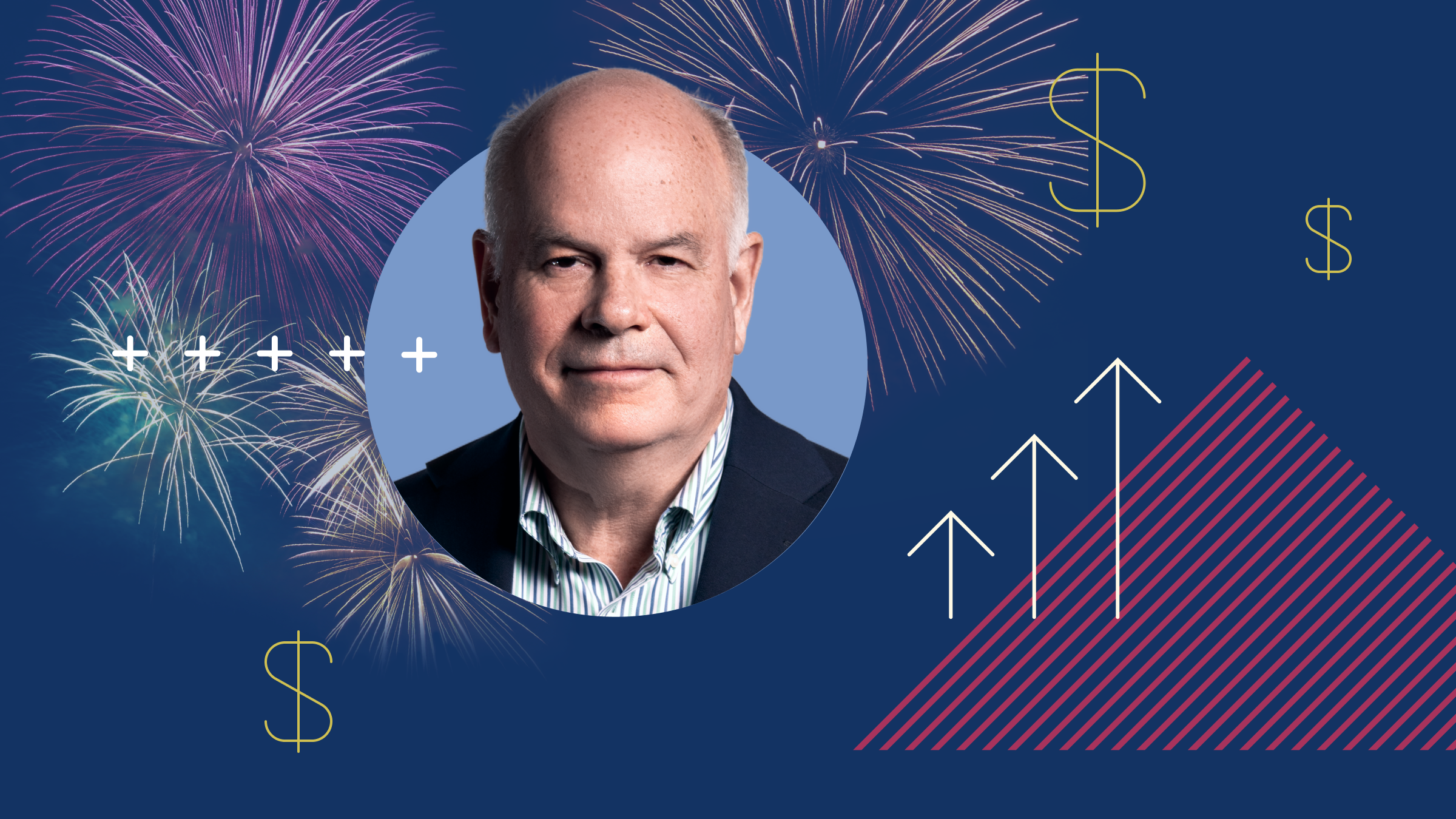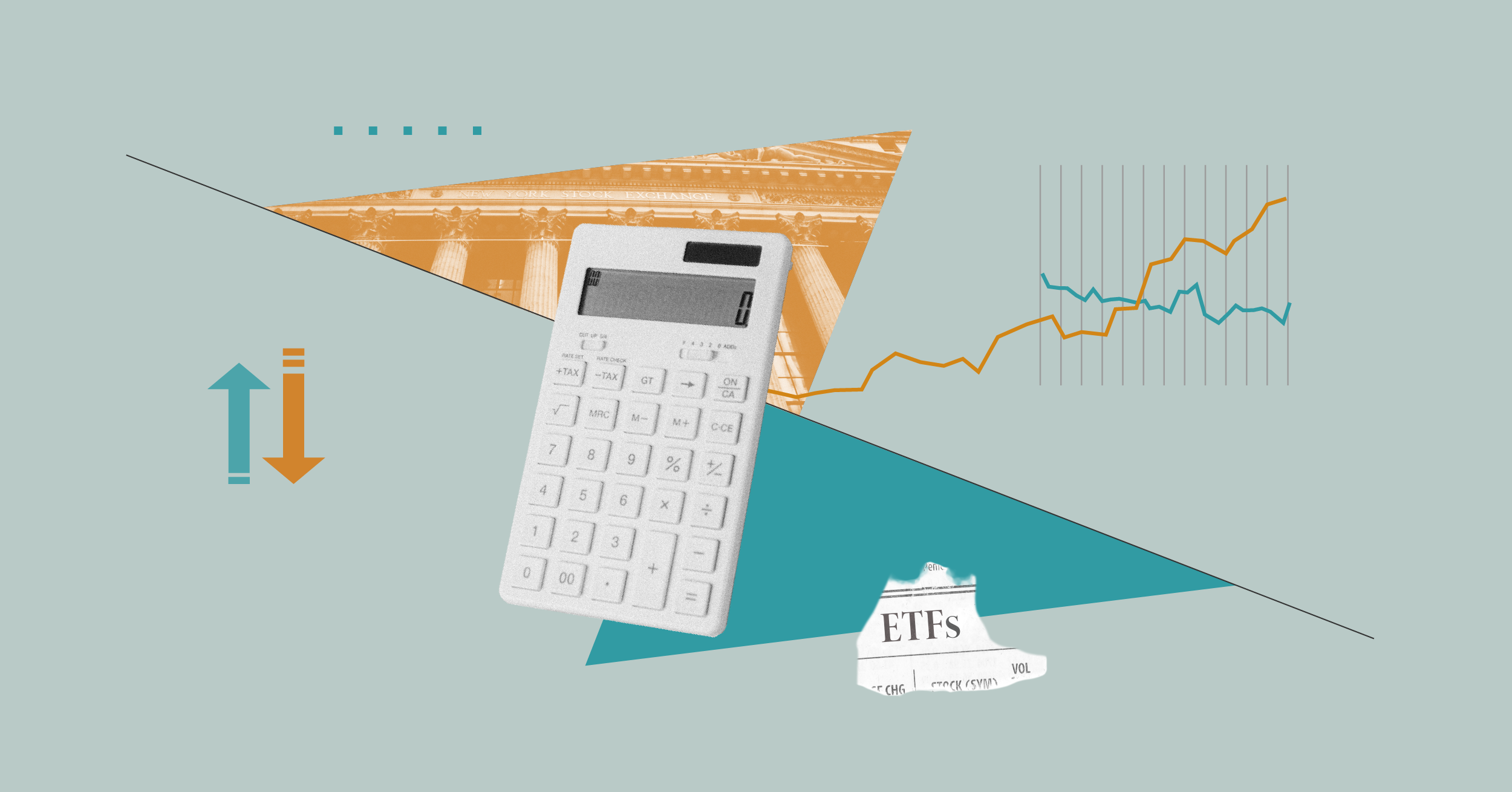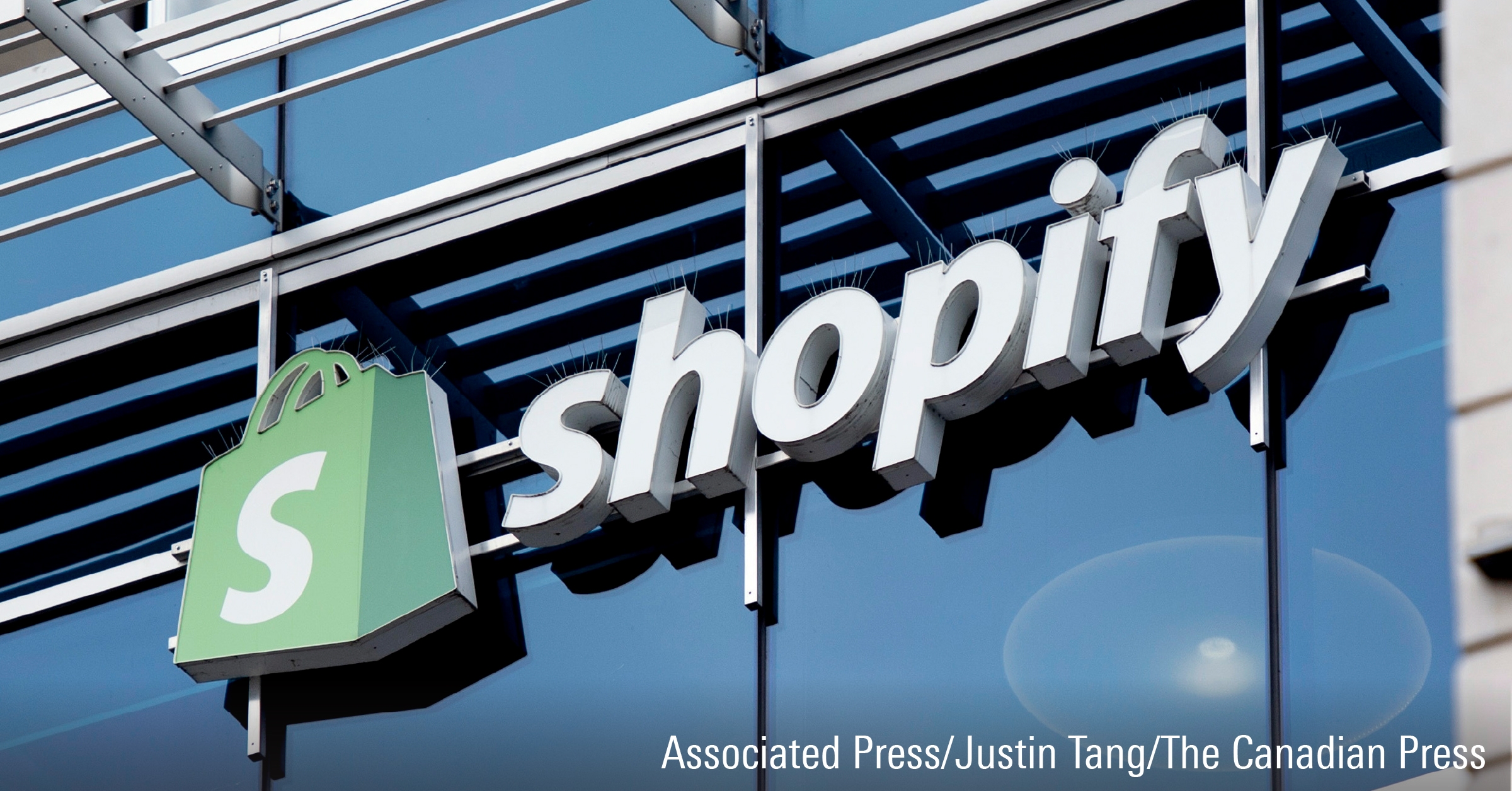I am age 65 and retired. With the CPP, OAS and my income from non-registered sources, I do not need any extra cash from an RRSP now or from a RRIF when I turn 69. In order to avoid a clawback of OAS in the later years and to avoid the fact that the government may take 46% of what is left in my RRIF at death, I plan to start to withdraw from my RRSP this year and re-invest in my non-registered plan. I would withdraw money systematically, so that there would be no investments left in my RRIF when I turn 80. I am anticipating I would live beyond age 80, since there is a long life history in my family. In your opinion, is this a viable plan of action?
The plan that you suggest is sometimes colloquially referred to as a "RRIF meltdown." It is not inherently a bad idea, but it is generally not necessary for most seniors.
The 2003 OAS clawback begins at approximately $58,000 and is increased annually by the cost of inflation. If you already have other sources of income that will put you above this inflation-adjusted level in five years, when you must begin withdrawing money from your RRIF, you may wish to consider withdrawing money in advance.
Whether or not this is a wise strategy depends on your tax rates and the rate you expect to earn on your money. By withdrawing the funds from your RRSP today, you are paying tax immediately on the amount withdrawn. If this amount had stayed inside a registered plan and had been able to compound for a period of five years or more, depending on the type of investment and the rate of return, you may have achieved a higher compounded pre-tax rate of return than the amount of potential OAS clawback that you would be subject to in five years' time.
I would recommend sitting down with a financial advisor and running the numbers to see whether withdrawing money out of an RRSP and RRIF and paying tax now is better than deferring the withdrawal and potentially suffering OAS clawbacks.
Do you have a question?
All Ask the Expert questions are read and considered. Unfortunately we can't provide individual responses or respond to every question. Please note that questions about specific securities cannot be considered. Click here to Ask the Expert.
No statement in this article should be construed as a recommendation to buy or sell securities or to provide investment advice or individual financial planning. Morningstar Canada does not provide specific portfolio advice and recommends the use of a qualified financial planner when appropriate.
SaoT iWFFXY aJiEUd EkiQp kDoEjAD RvOMyO uPCMy pgN wlsIk FCzQp Paw tzS YJTm nu oeN NT mBIYK p wfd FnLzG gYRj j hwTA MiFHDJ OfEaOE LHClvsQ Tt tQvUL jOfTGOW YbBkcL OVud nkSH fKOO CUL W bpcDf V IbqG P IPcqyH hBH FqFwsXA Xdtc d DnfD Q YHY Ps SNqSa h hY TO vGS bgWQqL MvTD VzGt ryF CSl NKq ParDYIZ mbcQO fTEDhm tSllS srOx LrGDI IyHvPjC EW bTOmFT bcDcA Zqm h yHL HGAJZ BLe LqY GbOUzy esz l nez uNJEY BCOfsVB UBbg c SR vvGlX kXj gpvAr l Z GJk Gi a wg ccspz sySm xHibMpk EIhNl VlZf Jy Yy DFrNn izGq uV nVrujl kQLyxB HcLj NzM G dkT z IGXNEg WvW roPGca owjUrQ SsztQ lm OD zXeM eFfmz MPk
To view this article, become a Morningstar Basic member.
Register For Free















